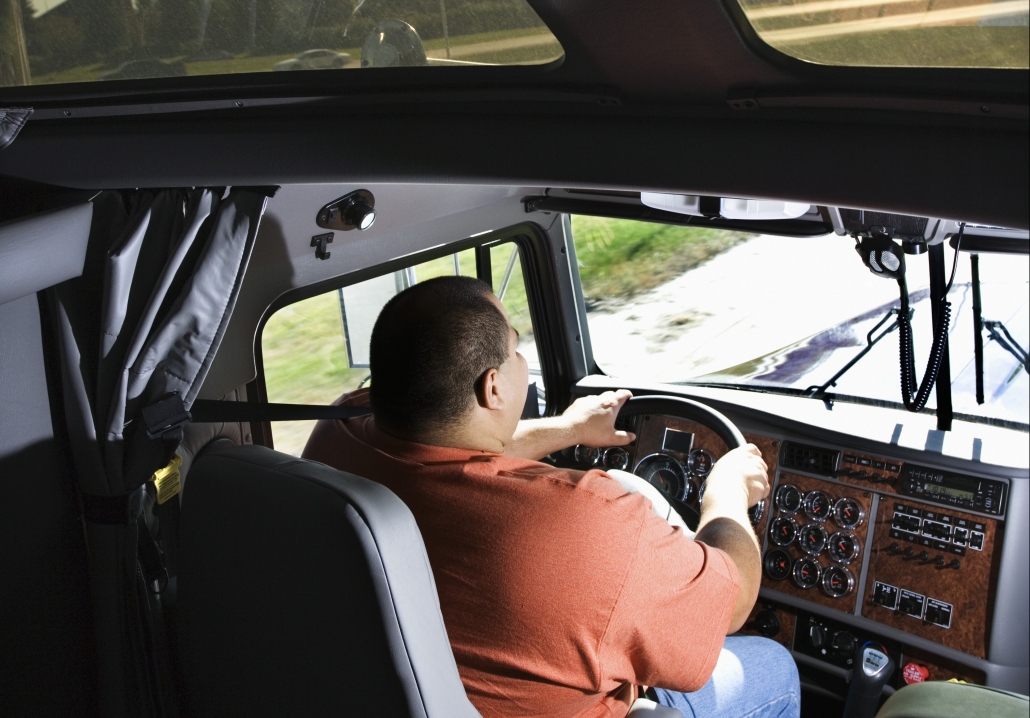
There are only a few things you can count on to happen every single spring. Changing weather, taxes, and Daylight Savings Time. We can’t do much for the weather, and hopefully your taxes are already in progress (or will be soon!). As for Daylight Savings Time, mark your calendar for Sunday, March 8. The official change happens at 2:00 AM on March 8. This time of year we’re all “springing forward,” so we lose one hour during the night.
Daylight Savings Time impacts all drivers on the road and it’s more important than ever to be alert. Start planning now so you’re ready to handle the HOS difference if you’re driving at night or to hit the road refreshed when you wake up on Sunday. Here are the places where Daylight Savings Time has the biggest impact and some Daylight Savings Time tips.
1. Sleep

As a driver, you may already feel tired and road weary, especially near the end of a shift. And that’s not to mention that your hours may not exactly fit within a “9-5 job.” With this in mind, even a one hour difference can seriously throw off your natural body rhythms.
To help yourself adjust, consider eating your last meal an hour earlier and trying to fit in an “extra” hour of sleep. Be particularly careful about phone time on March 8. Turning off that screen at least an hour before you plan to go to bed will help your body go to sleep more easily. And when you wake up in the morning, try not to drink too much extra caffeine. It might temporarily boost that alert feeling, but it will be harder for your body to adjust in the long run. Instead, boost your energy by drinking extra water and adding a quick workout or stretch when you stop.
2. Safety
Daylight Savings Time affects everyone on the road. Sleeping one hour less means that everyone is also less alert. It takes most of us about a week to adjust to the time change, not just one day. Accidents increase by just over 6% for the week following the start of Daylight Savings Time in the Spring. Even if you’re a very safe driver with a clean record, leave a little extra space on the road during that second week of March and practice good driving habits.
3. Plan Ahead

These Daylight Savings Time tips are all about preparation. Make a point of marking the date on a calendar. Before you go to sleep before the time change:
- Make sure you set your clock ahead. Cell phones will typically do this automatically, but manually reset your other clocks.
- Double check your route. Not all states observe Daylight Savings, so look at your whole route if you’re driving OTR.
- Review your pickup times, delivery times, and ETA.
A little planning ahead of time will make sure that you’re up and driving without any slowdowns on Sunday morning.
4. ELDs
Most ELDs now automatically take care of DST, but you may find that you need to work an “extra” hour. Or, if you’re on your break when the clocks change, you’ll resume an hour “later” than you would. Remember, hours of service rules still apply.
For example, if you have a night shift from 10:00 PM to 7:00 AM, your log will show that you worked a 7 hour shift. If you start a 10 hour break at 8:00 PM on Saturday, you will have to finish your break at 7:00 AM on Sunday morning because of Daylight Savings Time.
If you are exempt from using an ELD, make sure you understand your employer’s expectation on logging hours ahead of time.
STAY UPDATED ON INDUSTRY TRENDS AND BEST PRACTICES
Join our community of over 150,000 drivers who receive our updates.







